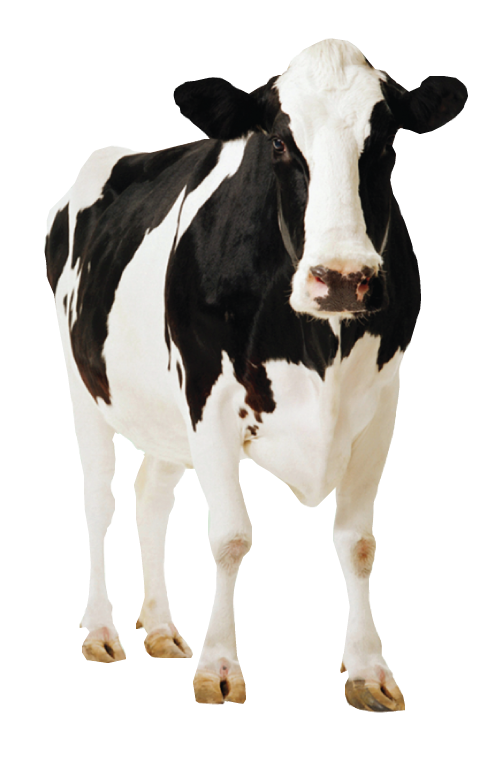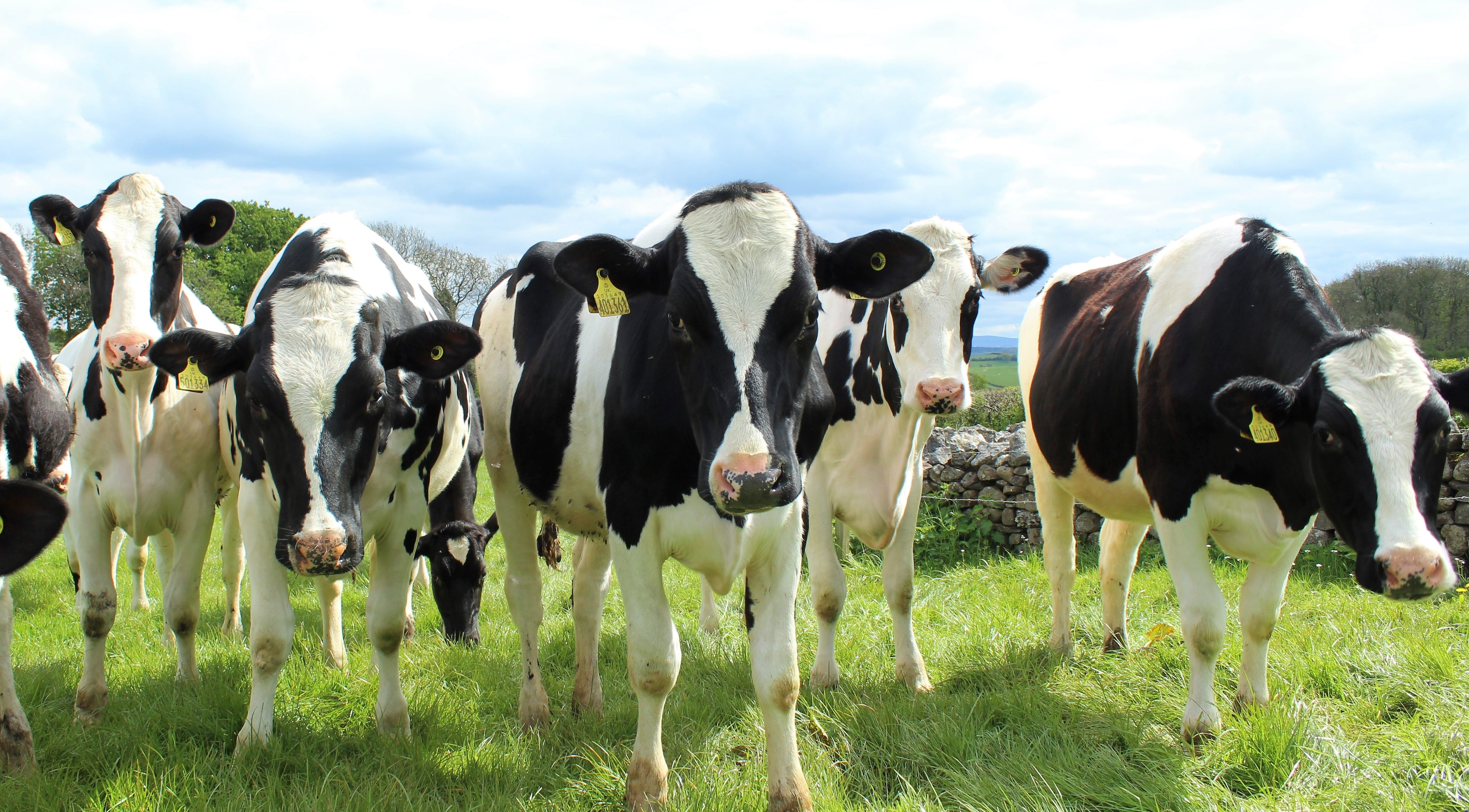Tissue and serum sampling in the autumn or at drying off provides an opportunity to ensure trace elements and magnesium concentrations are appropriate heading into winter and to assess any effects of sporodesmin on the liver. Options for sample collection include collecting liver and/or blood samples on the farm (recommended), or getting liver samples collected at the slaughter plant. On-farm collection of liver biopsies provides guaranteed animal selection and identification, better traceability of samples, is more cost effective for the farmer and provides more accurate results due to the controlled handling and transport of the samples.
The below panels can be used as a guide, but you can add to these or change them using other trace element testing options. Indicate clearly on the submission form how many of each test you would like performed.
| Serum Se or GPx | Serum Mg | Serum Cu or Fx | Liver Cu | Liver Se | |
| OPTION 1 On-farm biopsies and blood | 5 | 10 | – | >10 | – |
| OPTION 2 On farm bloods only | 5 | 10 | 10 | – | – |
| OPTION 3 Slaughter plant collection | – | – | – | >10 | 5 |

Copper:
Liver is the sample of choice for determining the copper (Cu) status of clinically normal animals, and autumn is a good time to assess liver copper stores. This gives time to supplement before the high demands of late pregnancy and lactation.
Even though greater than 95µmol/kg is considered an adequate liver copper concentration, concentrations may decrease to 1/3-1/4 of the autumn level over the winter, hence copper supplementation should be considered if autumn liver copper concentrations are below 300 – 400 µmol/kg. Even higher levels may be desirable at this stage if there is a history of copper deficiency on the property. Serum copper or ferroxidase (Fx) can be used to determine if copper deficiency is the cause of a current problem, reflecting the amount of copper at essential sites. Serum is a poor indicator of liver stores and is not the recommended sample when information on storage is required, although low serum concentrations in 2 or more animals in a group does indicate a proportion of animals have low liver reserves.
Avoid sampling animals with infections and facial eczema, since serum copper and ferroxidase increase significantly in inflammation.
Due to the variability in liver coppers, we recommend 10+ liver samples are taken from the herd. To estimate mean liver copper with 75% confidence (± <µ100mol/kg from the true mean), requires at least 10 liver samples. Testing five or six liver samples reduces the confidence to around 50%. Ensuring random and representative animal selection from the herd for sampling is also important.
Selenium:
Measuring serum selenium (Se) gives an indication of current selenium status as selenium is absorbed from the diet and translocated to serum and liver within hours.
Glutathione peroxidase (GPx), however, changes more slowly with changing intake, as it is only incorporated into red cells during haematopoiesis. This means GPx concentration reflects selenium intake from 3 months ago. GPx gives a reliable indication of current selenium status if stock have been grazing the same soil type for the past 3 months and no selenium has been supplemented in this period.
Another check should be done during the winter because selenium deficiency is known to depress milk production and may affect parturition, retention of foetal membranes and conception.
Magnesium:
Measuring serum magnesium (Mg) status in the autumn allows you to monitor if sufficient magnesium is available, and check on the efficacy of supplementation. This test should be part of a series of serum magnesium tests throughout lactation, including: drying off, mid-winter, pre-calving and peak lactation.
Checking magnesium concentrations in late or post lactation in the autumn can allow supplementation to be instituted and continued over autumn and winter.
GGT:
The liver is the main source of GGT in serum. In the presence of sporidesmin, bile ducts are damaged and occluded resulting in marked increases in GGT concentrations. Serum GGT activity increases up to 10 times above the upper reference range by 7-10 days after sporidesmin intake. Serum GGT activity following sporidesmin exposure steadily declines from 4-6 weeks after the danger period has passed. However, a proportion of cattle may still have abnormal activity of GGT seven months later.
Additional information can also be found in the MineralCheck package information here.
References:
· Bailey K. et al. Copper in New Zealand: an overview and update. NZVA Dairy Cattle Soc Proc, 8, 17-24, 1991
· Laven R. Trace elements and micronutrients for dairy cattle: Update Do you really want to diagnose deficiency, and, if you do, are you really diagnosing it?. NVZA Dairy Cattle Soc Proc 7.3.1-10, 2011

